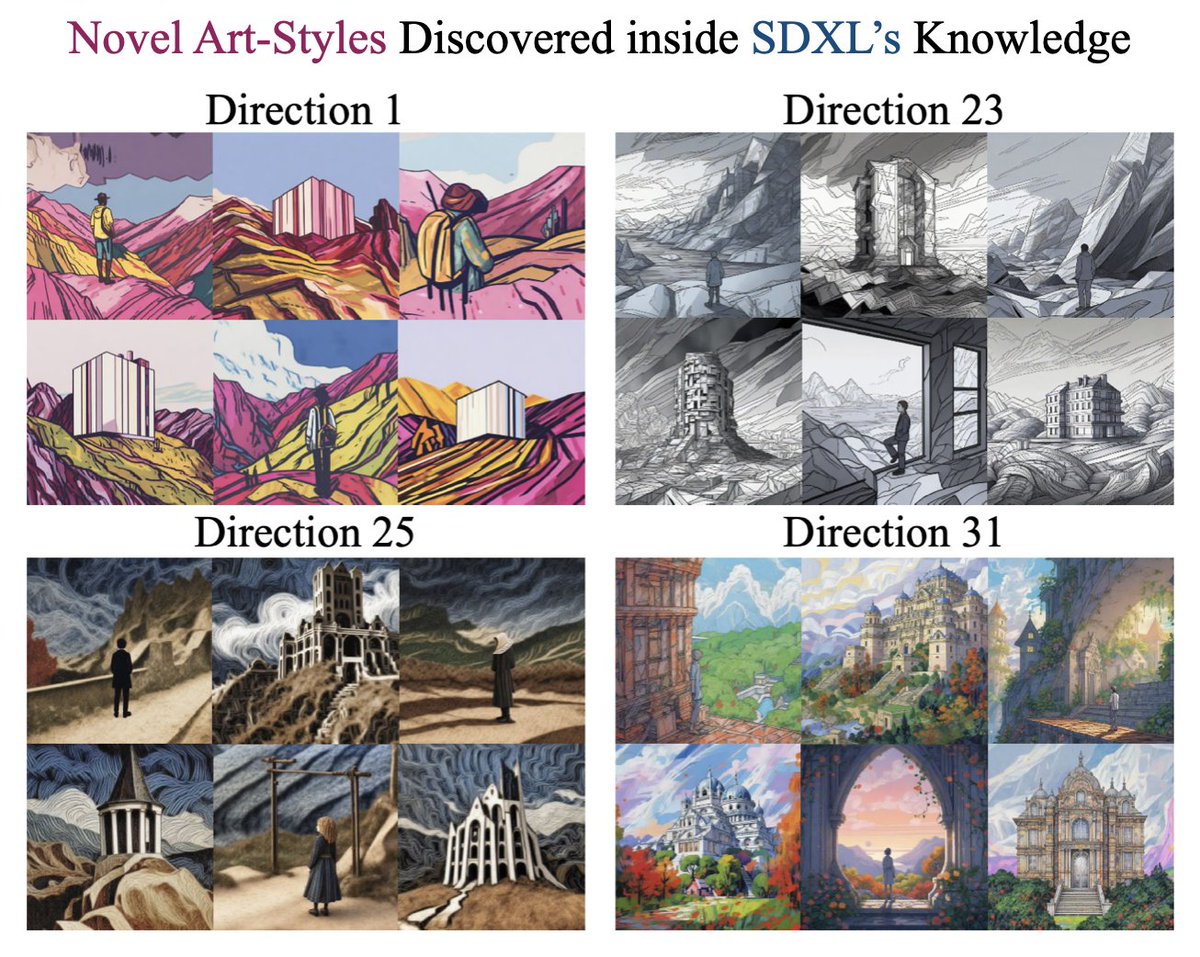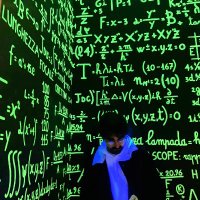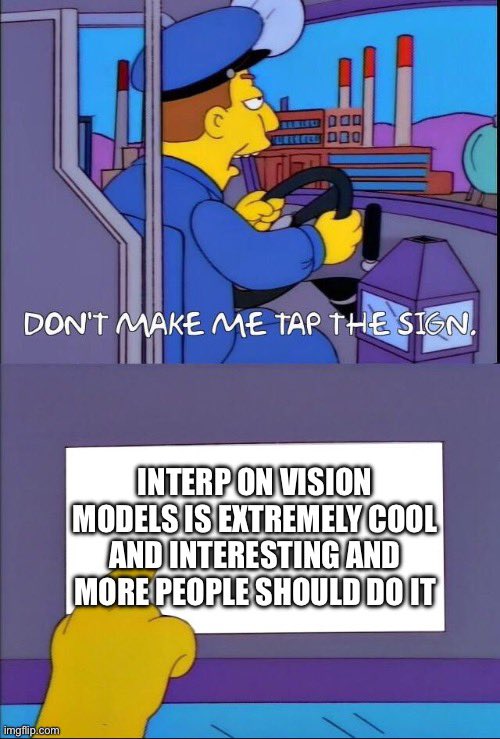
Harry Thasarathan
@hthasarathan
PhD student @YorkUniversity @LassondeSchool, I work on computer vision and interpretability.
ID: 1112791360191582210
https://harry-thasarathan.github.io/ 01-04-2019 18:58:29
34 Tweet
178 Takipçi
380 Takip Edilen


How does a diffusion model learn to mimic art styles? 🎨 Our latest work reveals that diffusion models create entirely new art styles to learn the concept - "art" 🤯 Checkout these art styles that Stability AI's SDXL has learnt. Do you recognize them?🤔 And we found more👇 🧵


Accepted at #ICML2025! Check out the preprint. Shoutout to the group for an AMAZING research journey Harry Thasarathan Julian Thomas Fel Matthew Kowal This is Harry’s first PhD paper (first year, great start) and Julian’s first ever paper (work done as an undergrad 💪).

Our work finding universal concepts in vision models is accepted at #ICML2025!!! My first major conference paper with my wonderful collaborators and friends Matthew Kowal Julian Thomas Fel Kosta Derpanis Working with y'all is the best 🥹 Preprint ⬇️



Around CVPR for the next 2 days—if you're into interpretability, SAEs, complexity, or just wanna know how cool Kempner Institute at Harvard University is, hit me up 👋


*Universal Sparse Autoencoders* by Harry Thasarathan Thomas Fel Matthew Kowal Kosta Derpanis They train a shared SAE latent space on several vision encoders at once, showing, e.g., how the same concept activates in different models. arxiv.org/abs/2502.03714


Check out this amazing work by Fenil Doshi on shape holistic processing in vision models! 🍀






Huge thanks to all collaborators who made this work possible, and especially to Binxu Wang 🐱. This work grew from a year of collaboration! Tomorrow, Part II: geometry of concepts and Minkowski Representation Hypothesis. 🕹️ kempnerinstitute.github.io/dinovision 📄 arxiv.org/pdf/2510.08638




Generative Point Tracking with Flow Matching My latest project with Adam W. Harley Kosta Derpanis (sabbatical @ CMU) Derek Nowrouzezahrai Chris Pal Project page: mtesfaldet.net/genpt_projpage/ Paper: arxiv.org/abs/2510.20951 Code: github.com/tesfaldet/genpt


